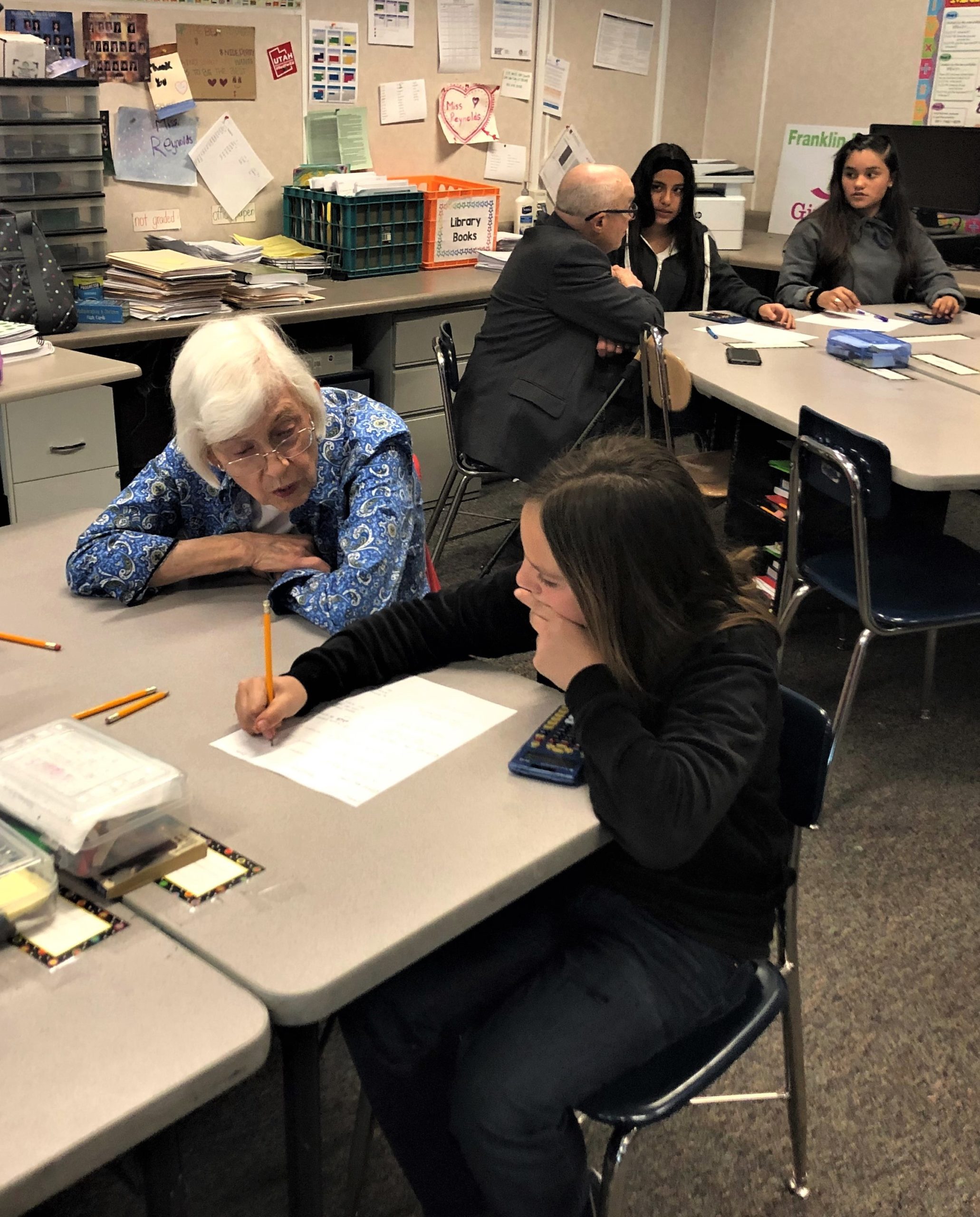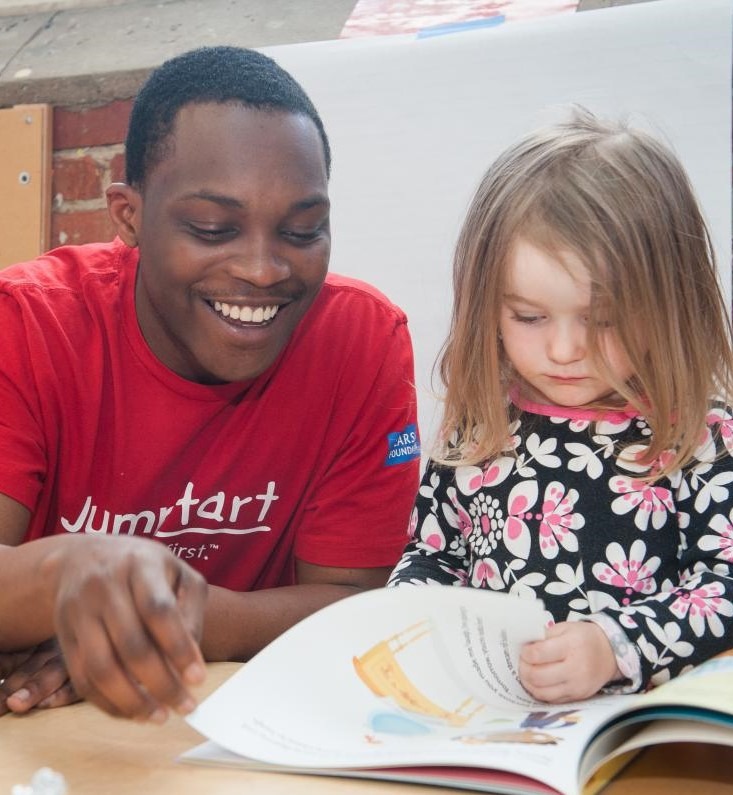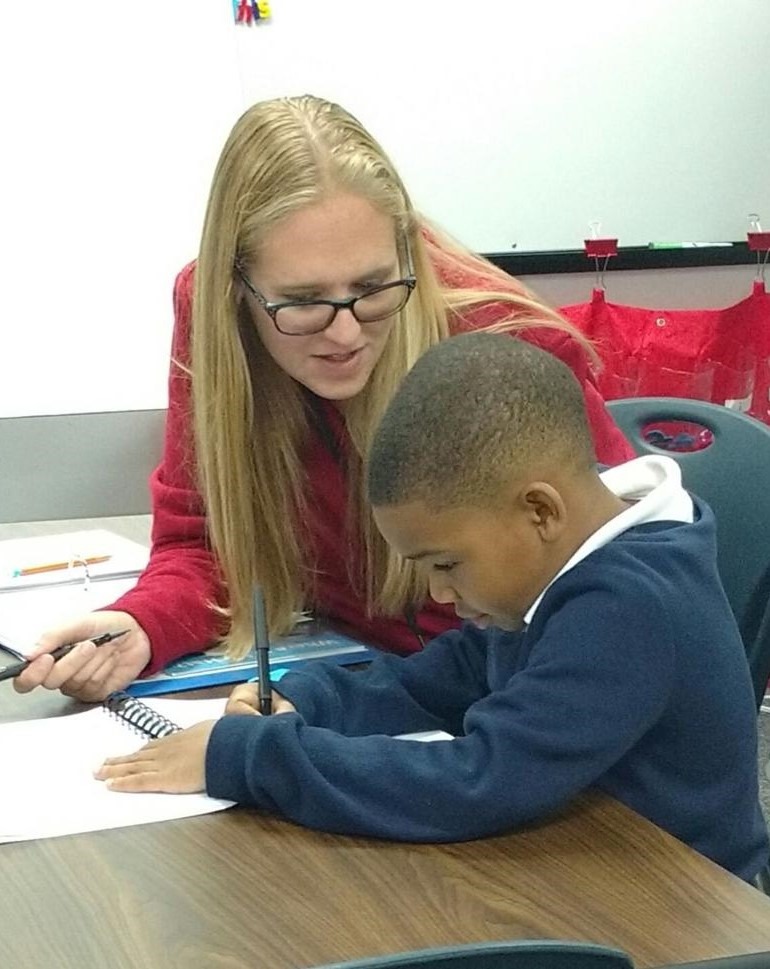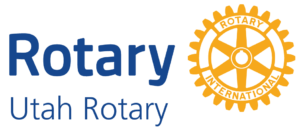Literacy Initiatives
Literacy is…
the road to human progress and the means through which every man, woman and child can realize his or her full potential

Learning to read is probably the most difficult and revolutionary thing that happens to the human brain. – John Steinbeck
- More than 30 million adults in the United States cannot read, write, or do basic math above a third-grade level. — ProLiteracy
- Children whose parents have low literacy levels have a 72 percent chance of being at the lowest reading levels themselves. These children are more likely to get poor grades, display behavioral problems, have high absentee rates, repeat school years, or drop out. — National Bureau of Economic Research (NBER)
- 75 percent of state prison inmates did not complete high school or can be classified as low literate. — Rand Report: Evaluating the Effectiveness of Correctional Education
- Low literacy is said to be connected to over $230 billion a year in health care costs because almost half of Americans cannot read well enough to comprehend health information, incurring higher costs. — American Journal of Public Health
Your club can change these statistics through Literacy service projects
Your club can make a positive difference! Work with your local schools and libraries to find out how your members can support Literacy. It is important to ask how you can help and work with literacy professionals in your area. Do they need book donations, volunteers, tutors, reading assistance, or other kinds of help? Don’t assume. Literacy specialists, teachers, and librarians can guide you to develop meaningful service projects. Once you’ve established a collaborative program in your area, get your members involved in the projects that arise.



Spotlight on Utah Rotary Club Literacy Initiatives
Here are examples of Utah Rotary Clubs working on effective service projects to change the literacy of children in need in their communities.


Blanding Rotary Club has had an ongoing literacy project since 2008 that supplies literacy bags for newborns, to both Blue Mountain Hospital, located in Blanding, and the San Juan Hospital, located in Monticello. The literacy bag contains 3-5 board books, a magnet with ideas for reading to their toddler, and information pages that describe how to be proactive with reading efforts in the family. This year we have partnered with other organizations that support early childhood literacy to add more information in the bags directed to parents in support of their newborn.
The purpose of this project is to promote and enhance early learning and development in infants and toddlers to prevent developmental delays, especially in literacy by providing newborns with books to promote learning at home. Reading books aloud to children meets a critical need for developing brains. Reading aloud to children teaches them about communication and introduces the concept of numbers, letters, colors, and shapes. Early literacy builds a foundation for the following skills: listening, memorization, and vocabulary building, and a love of books and stories; all essential for success in learning. As Rotarians, we strongly feel that by providing children with quality books, we plant the seeds of early learning and reading. Parents are their child’s first and most important teacher, and a love for reading and learning leads to success later at the grade school level. In turn, success at the grade school level paves the way for higher levels of education, a meaningful career opportunity, and a brighter future.
HEBER VALLEY ROTARY CLUB EVERYDAY LEARNERS PROGRAM
Everyday Learners is a program launched by our Rotary club in 2017. The central focus is to help children learn to love to read. We have chosen to focus our efforts on all 1st graders in the Heber Valley.
Once a month, Rotary members visit each 1st grade class in the Valley to read them a book, and then leave each child with their own book to keep and take home for themselves. We take time to discuss the book we’ve read and talk about how important reading is. We ask them to practice their reading every day in the hopes that they’ll learn to love to read. When we come back the next month, we ask them how their reading is coming and if they’ve been practicing.
Starting in September and continuing that process each month through April of the school year, each 1st grader will have 8 books of their own by the end of the year. We encourage them to continue to practice reading their books through the summer and give them a reading chart to keep track of their success.
Having access to quality books at home is a crucial piece of literacy success and we want to plant the seeds of literacy in our students’ home lives. We have found this program to be very successful. The children look forward to us coming and are so excited to be able to have their own books. The teachers are very grateful for this program and have expressed to us that they see improvement in the children’s love of books and reading by the end of each school year.

